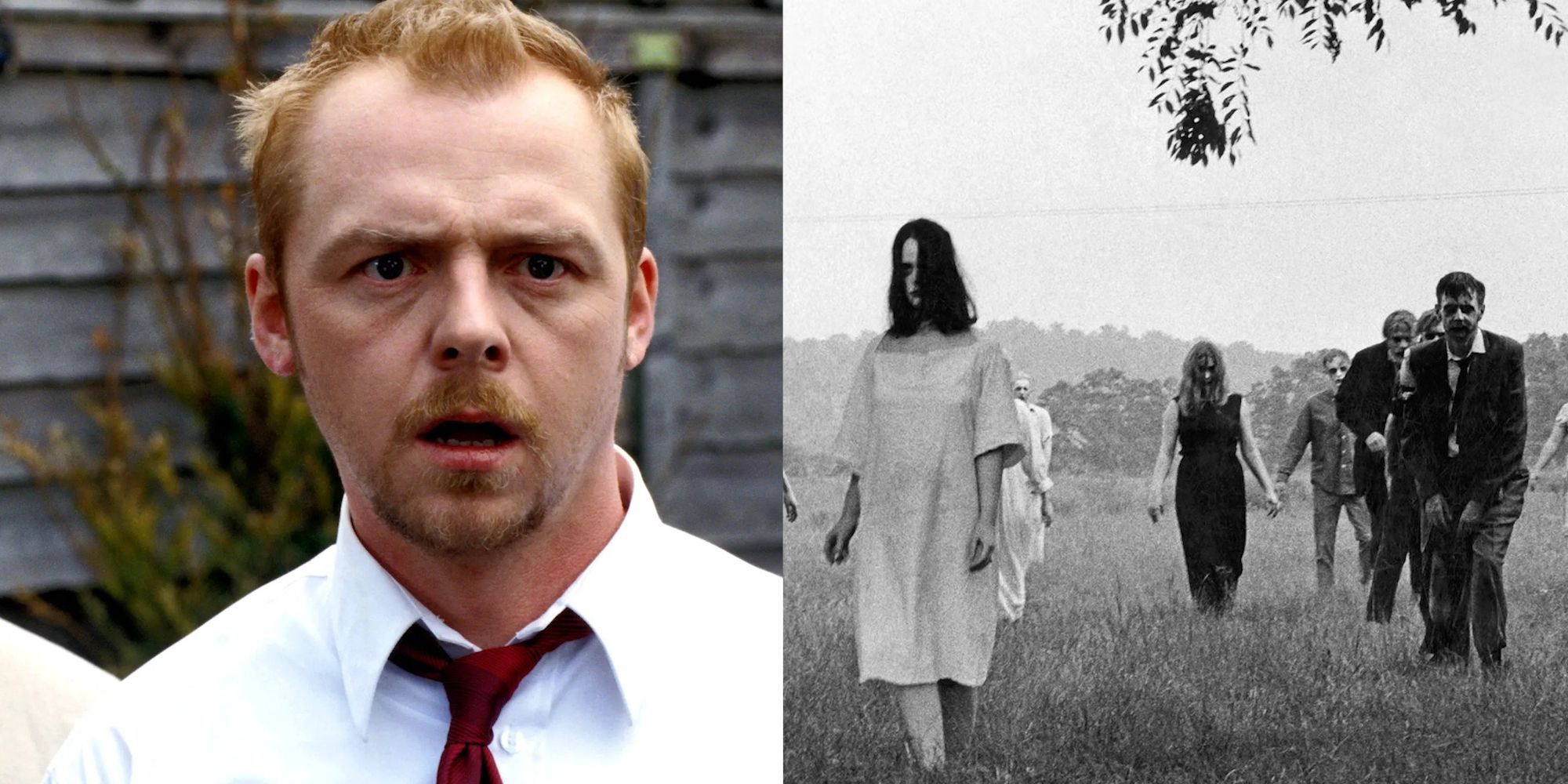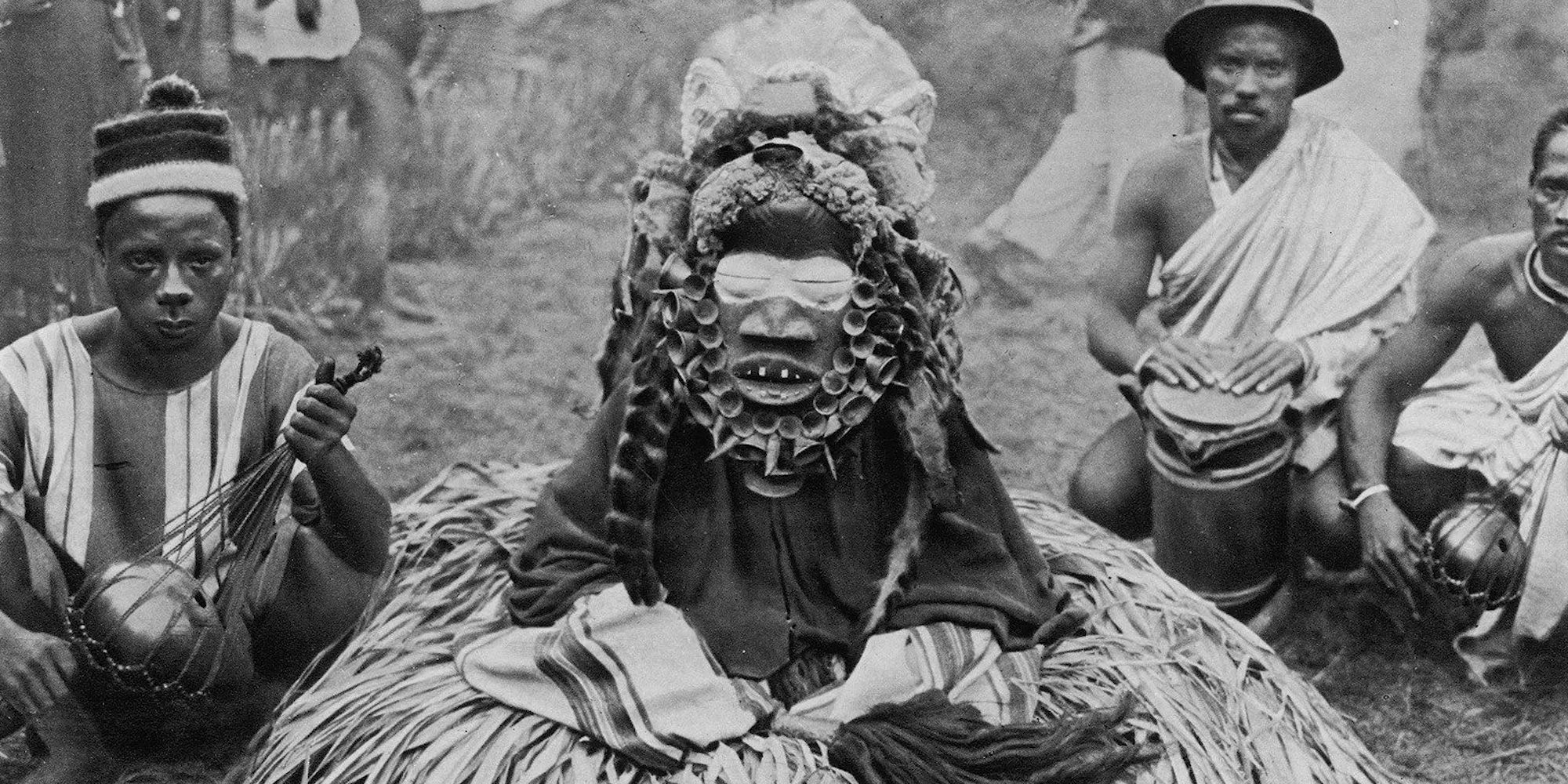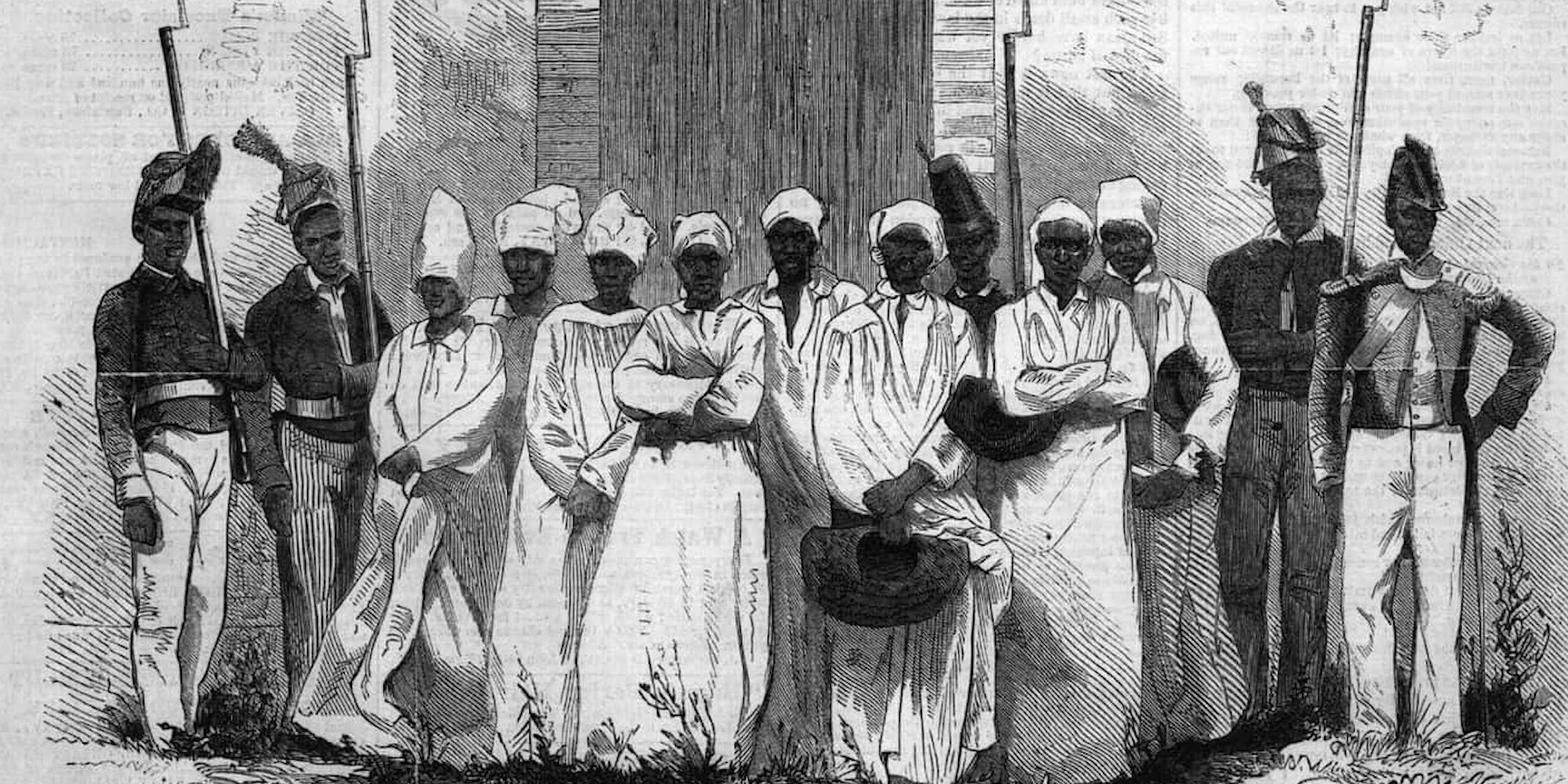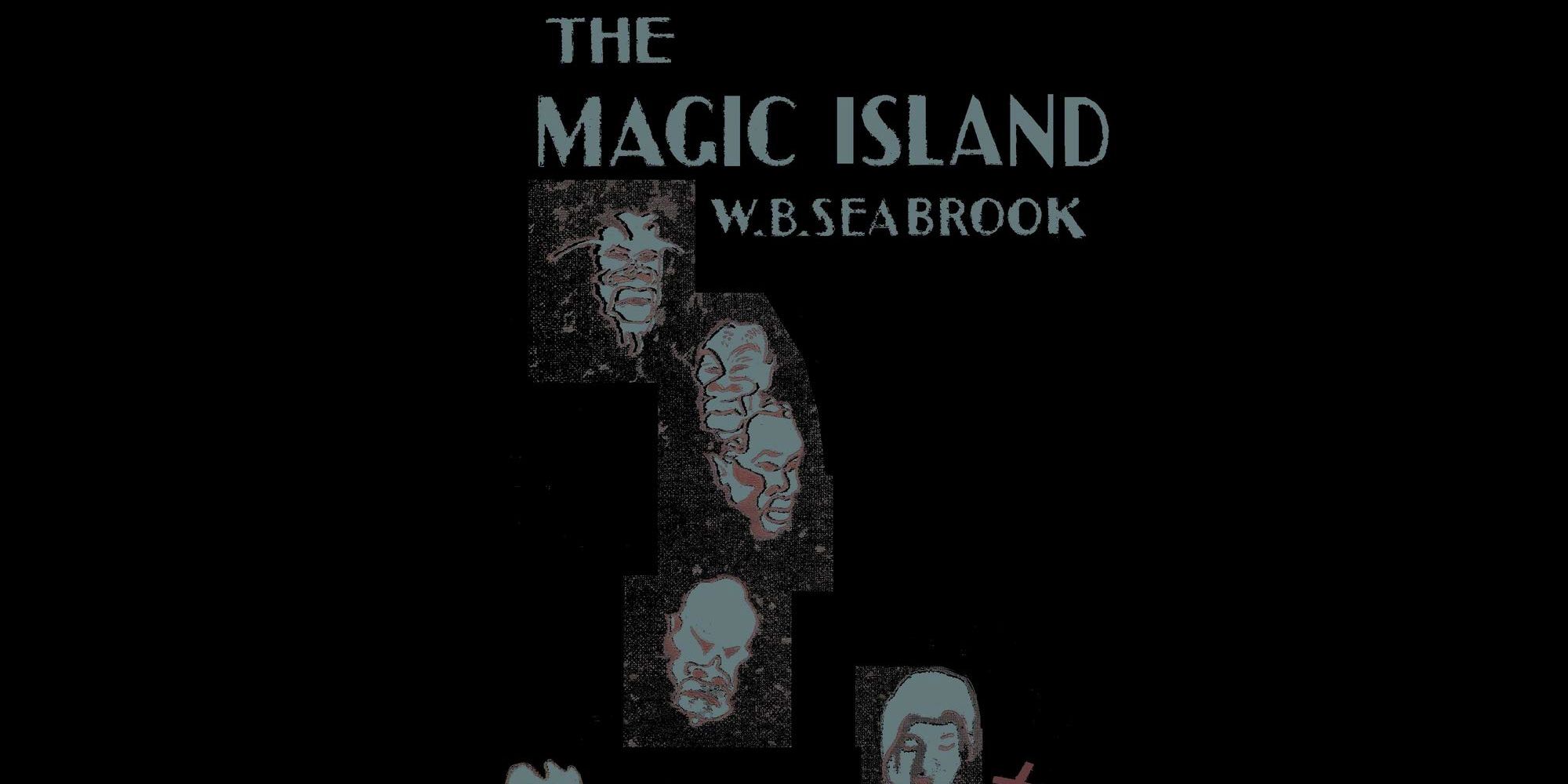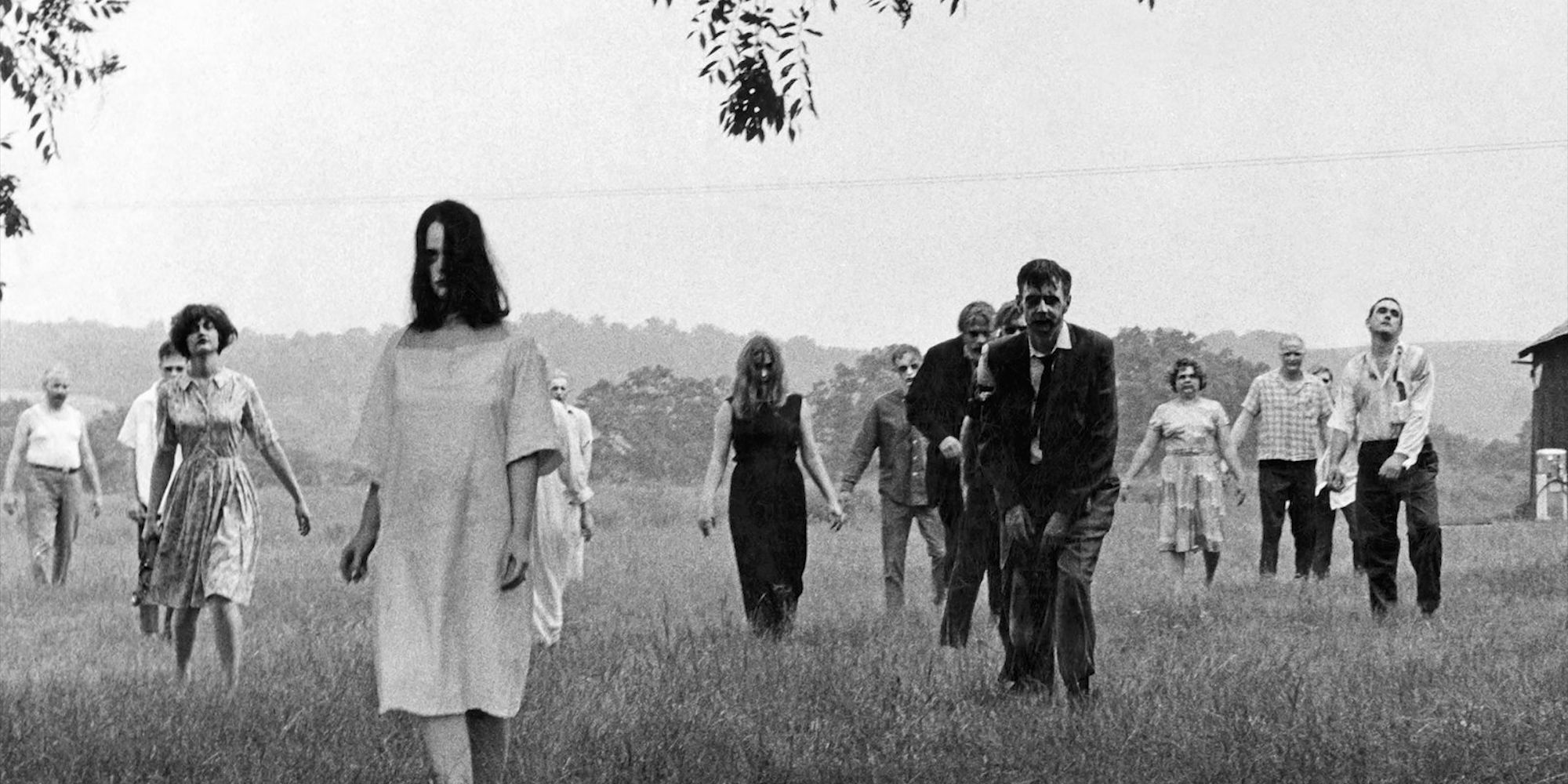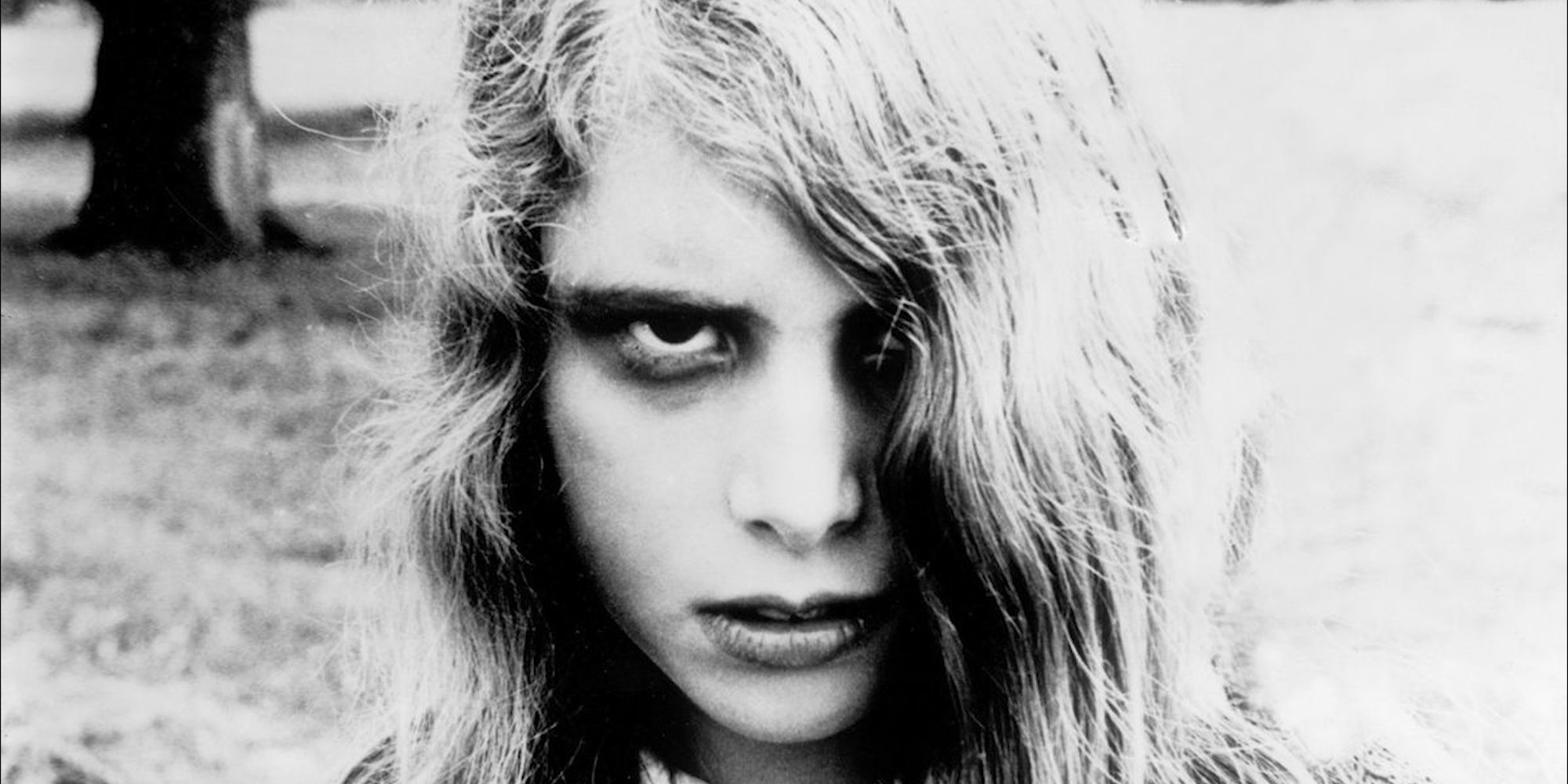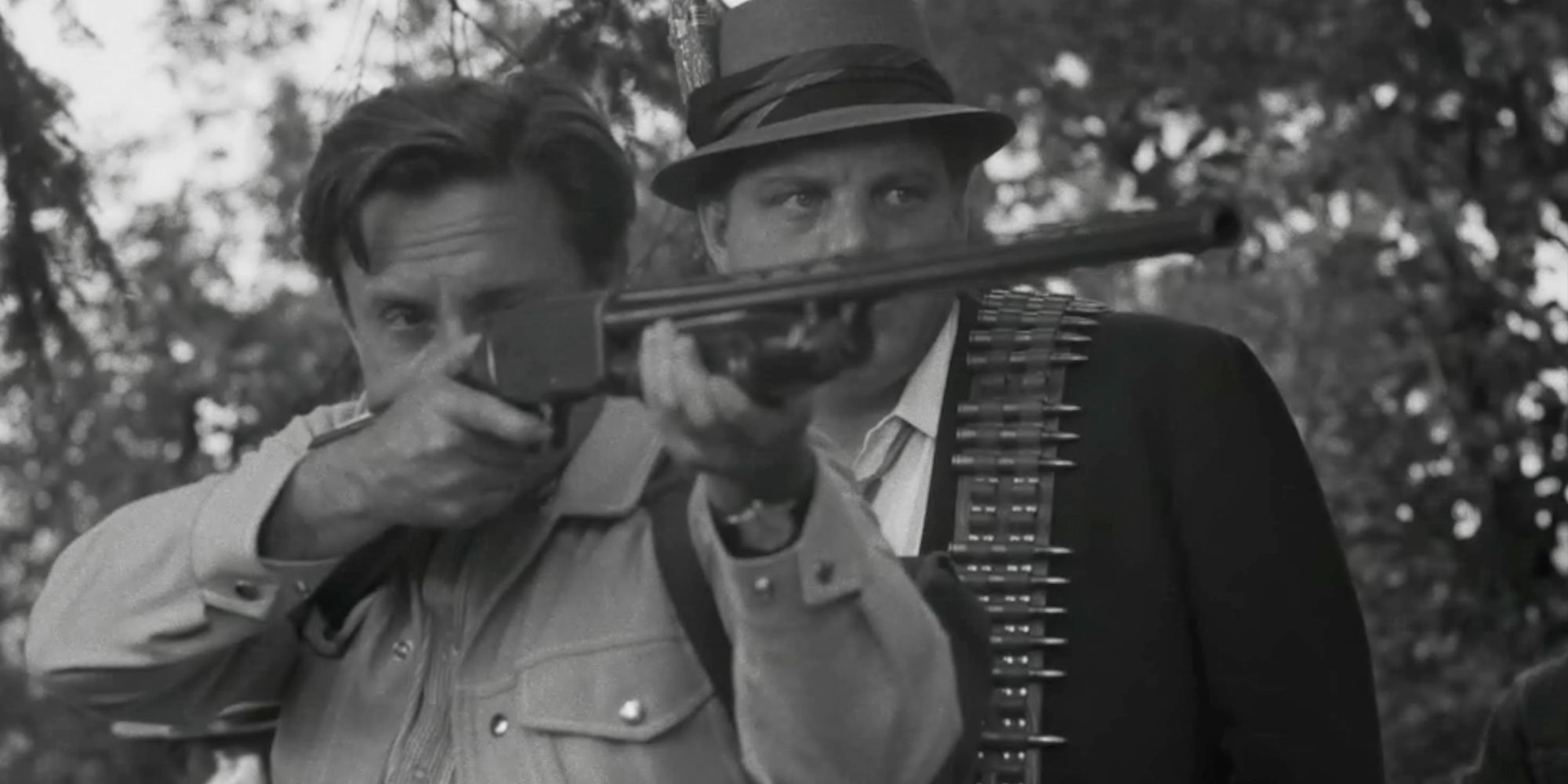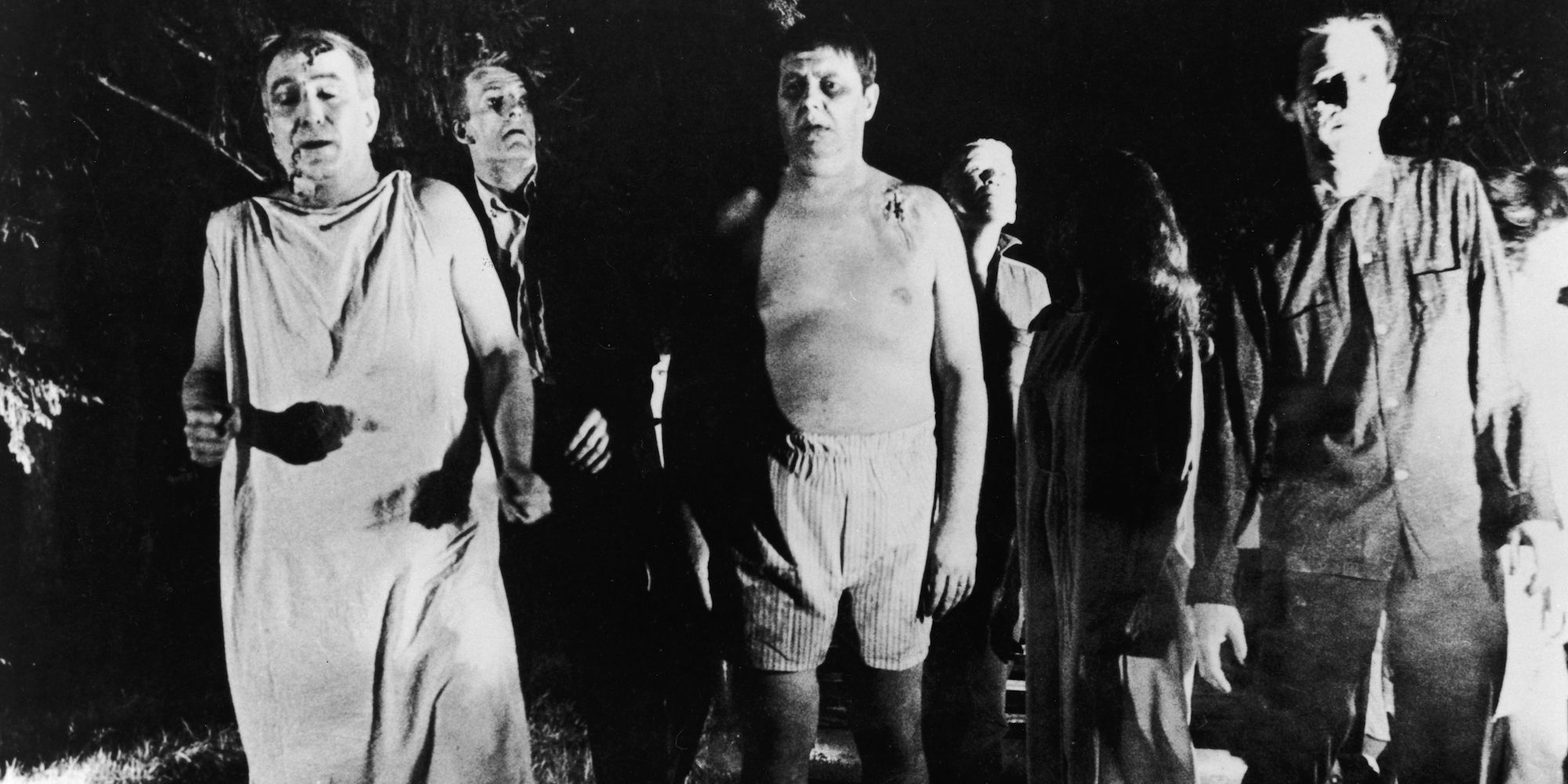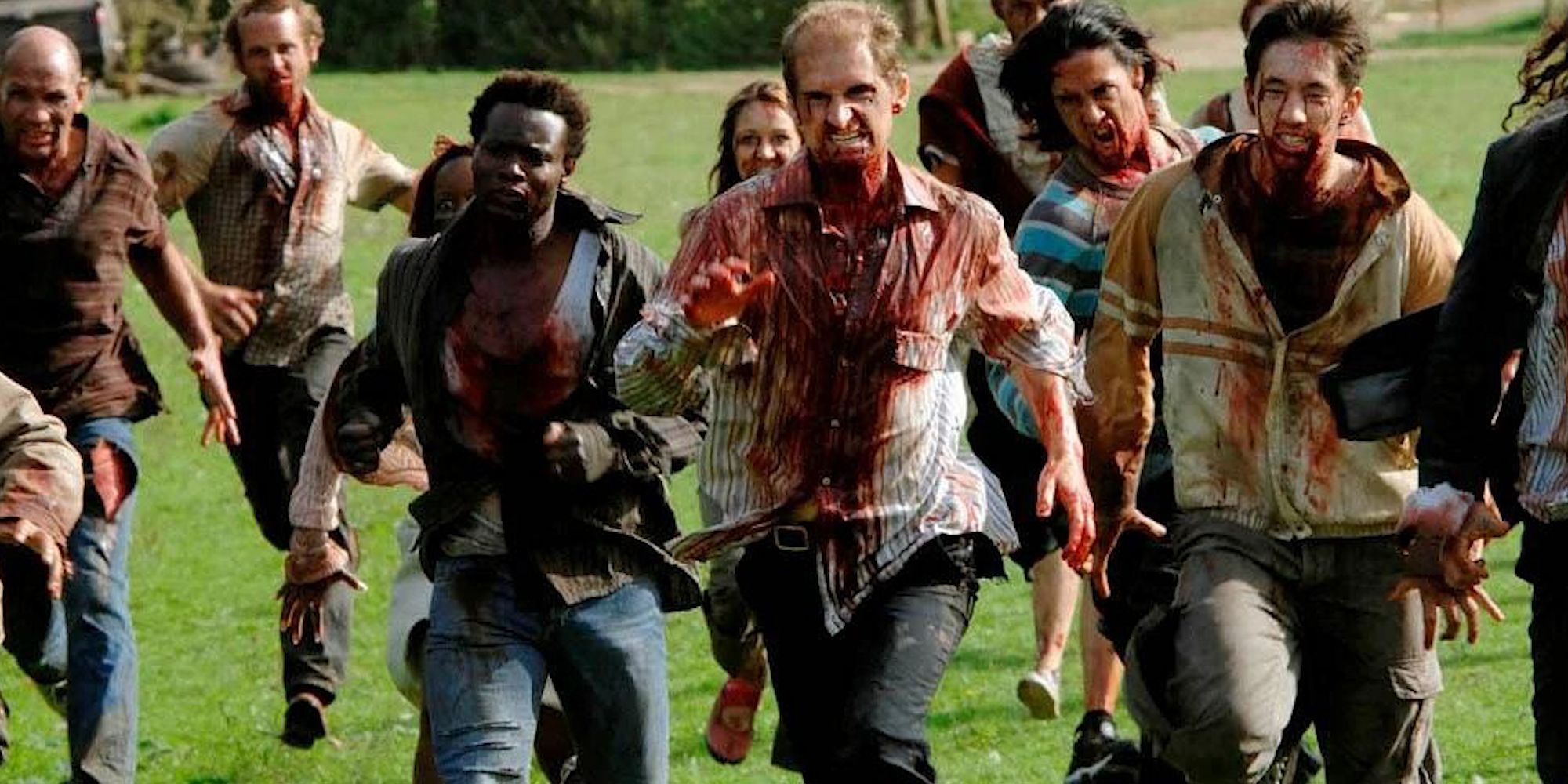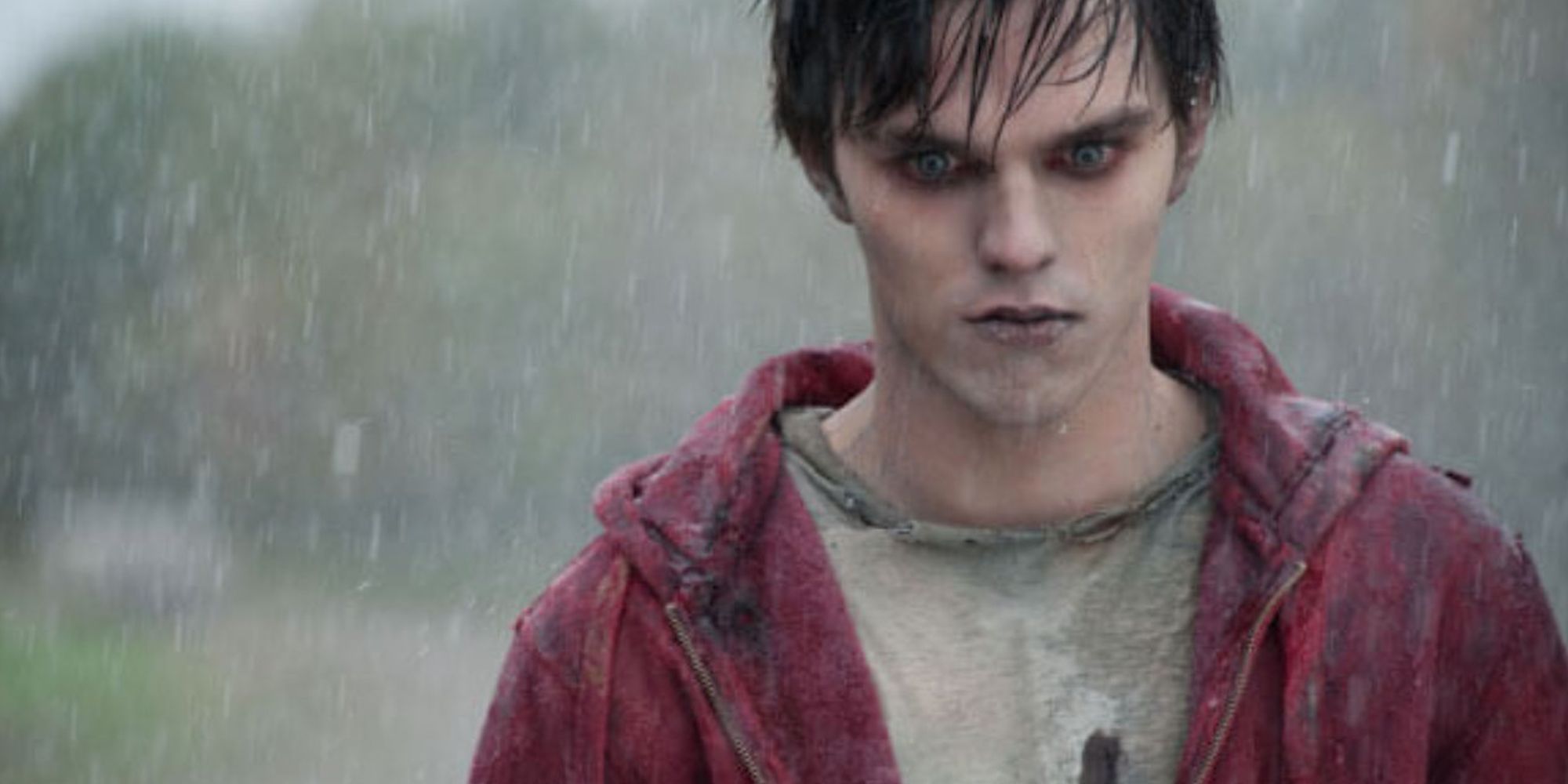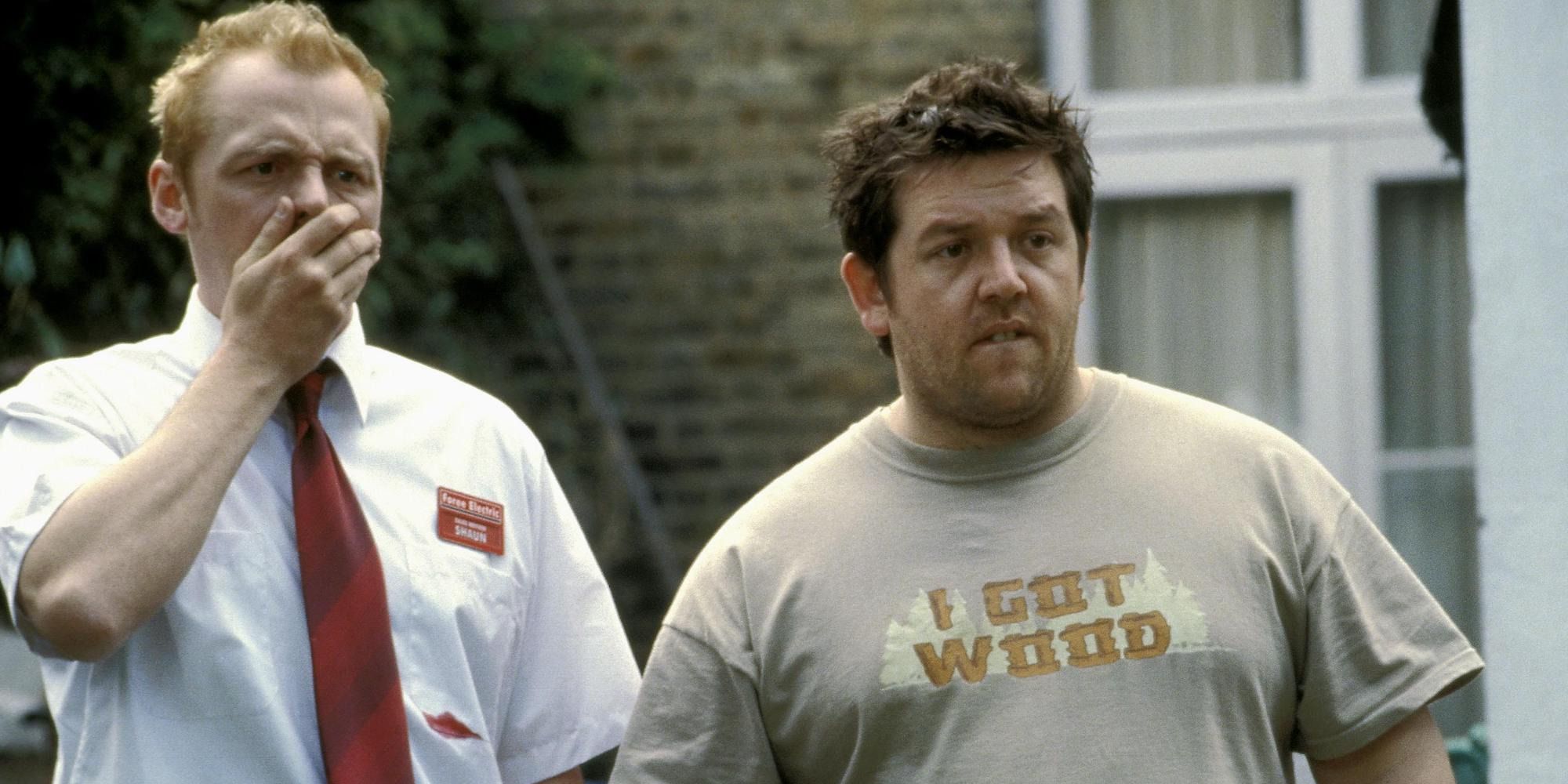Along with werewolves, vampires, and ghosts, zombies are among the most iconic movie monsters of all time. They first shambled across the silver screen in 1932 and have remained in the public imagination ever since, going through several evolutions in the process. Indeed, zombies have a remarkable capacity to be reinvented for each era.
Myths about the living dead are a human universal, dating back as far as ancient Mesopotamia some 5000 years ago. But the zombie is a particular kind of undead creature. It's the product of various stories and a multitude of writers, all building on what came before.
The name "zombie"
The modern conception of the zombie has its roots in Haitian folklore, specifically around voodoo. Haitian legends speak of witch doctors able to reanimate corpses to do their bidding. However, the Haitians never referred to these revenants as zombies.
The first use of the word "zombie" is believed to have appeared in an 1819 book by English poet Robert Southey, but this was likely an Anglicization of an African term. For instance, ndzumbi is a word from the Mitsogo language of Gabon, meaning "corpse," while the Kongo word nvumbi refers to a body without a soul.
Zombies as a threat
Early Haitian folklore seems to depict the reanimated dead in a neutral light. They are the manual laborers of their sorcerer masters rather than monsters hellbent on murder and mayhem. However, European attitudes toward voodoo became more negative following the slave rebellion in what was then French Saint-Domingue in 1791, which found its way into the zombie myth.
Before this, the country now known as Haiti was a French colony. But the locals threw bucked colonial rule, and in 1804 it became the first independent Black state of the modern era. After this, many European commentators ramped up their efforts to demonize the country as a dangerous place of superstition, human sacrifice, and even cannibalism. Voodoo came to be seen by outsiders as something scary and threatening, paving the way for its crossover into horror fiction.
Zombies as horror antagonists
The first work of Western zombie fiction was 1927's The Magic Island, written by travel writer William Seabrooke. Seabrooke spent some time in Haiti, and his writing draws on these experiences, although he adds a lot of sensationalism all his own. In a chapter of the book entitled "Dead Men Working in the Fields," Seabrooke introduced Western readers to the idea of the zombie: "They were plodding like brutes, like automatons," Seabrooke writes. "The eyes were the worst. They were in truth like the eyes of a dead man, not blind, but staring, unfocused, unseeing."
From here, the zombie was soon picked up by Hollywood. After the success of Frankenstein and Dracula, producers seeking a new movie monster latched on to The Magic Island, giving it its first screen adaptation in 1932 with the film White Zombie.
Zombies are mindless
A few more zombie movies followed White Zombie, but the genre would only undergo its next major transformation in 1968 with the release of George A. Romero's Night of the Living Dead. Widely regarded as the most influential zombie film ever made, Night of the Living Dead introduced a variety of tropes that would become genre staples.
For instance, Night was the first narrative to depict zombies as mindless creatures. They are dim-witted and brutish, more like forces of nature than people. This has since become one of their defining features. They make up for their lack of intelligence with strength, ferocity, and supernatural stamina.
Zombies crave human flesh
Night of the Living Dead also came up with the idea of zombies craving human flesh. In fact, that's all Romero's zombies want, and they pursue it relentlessly. This has also since become a hallmark of the monsters. It's hard to imagine zombies that don't want to eat people.
This shows the extent to which Romero's low-budget flick shaped the zombie genre. Night of the Living Dead did for the zombie what Bram Stoker's novel Dracula did for the vampire. It created a blueprint that would be emulated for generations. It's a testament to Romero's creativity that his film remains such a foundational text in the zombie genre more than 50 years later. The movie was also a critical and commercial success, spawning multiple sequels and developing a cult following.
Killing a zombie by destroying its brain
Night of the Living Dead also gave the genre the widely accepted way of killing a zombie: destroying its brain or severing its head. This has since seeped into the DNA of almost all zombie movies. It can still be found in today's most popular zombie stories, like The Walking Dead.
"George [Romero] made up the rules," Walking Dead's head of special effects, Greg Nicotero, has said. "Now people just know it's what you have to do during a zombie outbreak; destroy the brain or sever the head from the body...We stuck with that tried-and-true mythology."
Zombies are slow
Finally, another crucial aspect of the zombie pioneered by Night of the Living Dead was their lack of speed. The zombies shamble and stumble toward their prey at a snail's pace. This is one of the key attributes separating zombies from creatures like vampires or werewolves.
Rather than being less scary, the zombies' shuffling ratchets up the tension, at least the way Romero depicts it. The characters wait in dread as the zombies inexorably approach. As one critic put it: "There's just something effortlessly chilling about something that should be dead walking around as if it's not, and walking towards you."
Zombies are fast
Zombie films declined in popularity in the '80s and '90s, although a few fine entries in the genre were made in this period, like Peter Jackson's Braindead. Zombies came back in the early 2000s with Resident Evil and House of the Dead. Critics were lukewarm about these movies, but they are notable for introducing much faster, more predatory zombies.
Other films would embrace this idea of faster zombies. Zombie blockbusters like 28 Days Later and World War Z effectively depict this new take on the monsters, with lightning reflexes and the capacity to sprint. They raked in big returns at the box office, showing that this vision of the classic monster resonated with many viewers.
Zombies as friends or lovers
Around the same time filmmakers found box office success with super-fast zombies, other films introduced a more positive spin on the monster. Tim Burton's Corpse Bride features a human-undead romance, as do Warm Bodies and Life After Beth, along with series like Pushing Daisies and American Gods.
This might be a result of audiences finding zombies less scary than they used to. A similar trend occurred with werewolves and, especially, vampires, who have been depicted as love interests in Twilight, The Vampire Diaries, and more.
Zombies as sources of comedy
Yet another 21st-century take on the zombie which has become popular is the zombie as a source of comedy. Romero's own Day of the Dead has some comedic scenes, and Sam Raimi's Evil Dead II and Dan O'Bannon's The Return of the Living Dead were influential early zombie comedies. But humorous takes on the zombie really accelerated after Edgar Wright's 2004 film Shaun of the Dead. Many more ZomRomComs followed, like Dance of the Dead, Zombieland, Pride and Prejudice and Zombies, and The Dead Don't Die. The best of these directors succeed in using zombies as a satire of modern society. Often, the human characters don't come off looking much brighter than the ghouls.
It's not obvious where the zombie genre will go from here. Perhaps zombie comedies will reign supreme for a while, or maybe the genre will return to its pure horror roots. Either way, it's clear that, as a cinematic staple, the zombie has eternal life. It speaks to our anxieties about death and what comes after. Moreover, it's a kind of group project, a monster that different filmmakers and writers have added to and tweaked over many decades. The zombie will surely be with us, evolving as we do for a long time.

